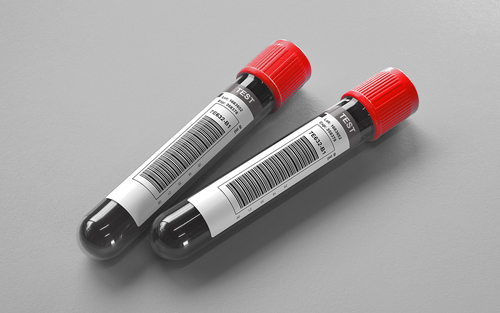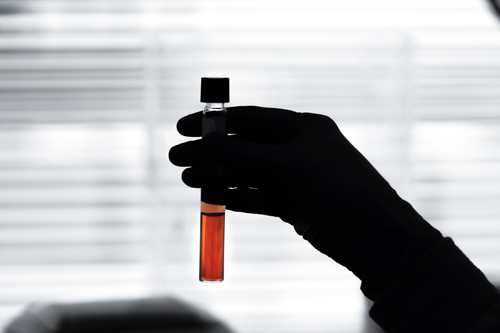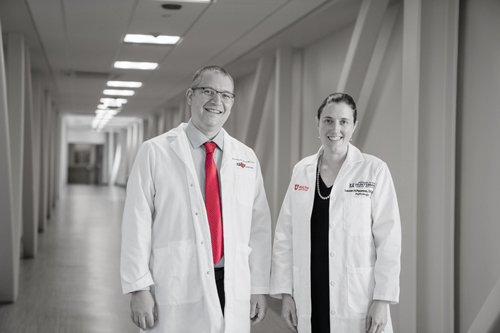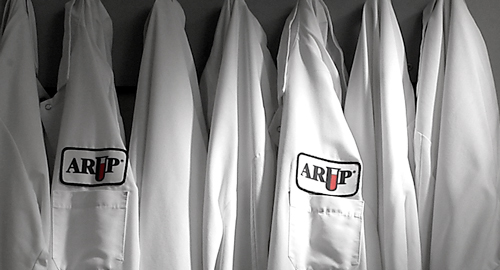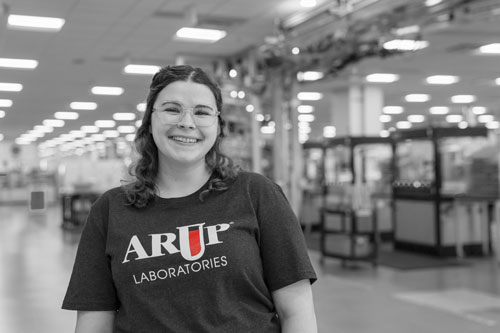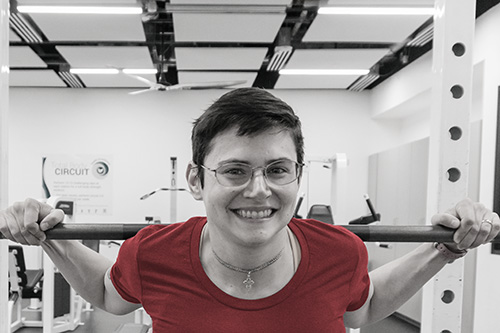Skip to main content
H. Evin Gulbahce, MD, MSCI Medical Director of Anatomic Pathology and Subspecialty Director of Breast Pathology Professor, University of Utah School of Medicine Specialties Education Medical Degree—Hacettepe University School of Medicine Residency—Anatomic and Clinical Pathology, University of Minnesota Fellowship—Surgical Pathology, University of Minnesota MS Clinical Investigation—University of Utah Certification/Affiliations American Board of Pathology Research Interests Breast cancer risk factors, specifically for basal-like and triple-negative breast cancers HER2 testing Awards Clinical Excellence, Department of Pathology, University of Utah Outstanding Teaching Award, Department of Pathology, University of Utah Recent Publications Balatico M, Ruano AL, Cleary AS, et al. Male invasive lobular breast cancer: clinicopathologic features including recurrence score results from a population-based database . Arch Pathol Lab Med . 2024;148(3):263-264. Wilcock D, Sirohi D, Albertson D, et al. Clinicopathologic features of breast carcinoma with 2018 American Society of Clinical Oncology/College of American Pathologists Fluorescence In Situ Hybridization Group 3 (human epidermal growth factor receptor 2 chromosome 17 centromere ratio <2.0 and average human epidermal growth factor receptor 2 copy number ≥6.0) breast cancers . Arch Pathol Lab Med . 2023 Published online Nov 2023. McMurtry V, Cleary AS, Ruano AL, et al. Metaplastic breast carcinoma: clinicopathologic features and recurrence score results from a population-based database . Am J Clin Oncol. 2023;46(12):559-566. Wilcock DM, Moore KH, Rowe L, et al. Quantitative imaging analysis fluorescence in situ hybridization validation for clinical HER2 testing in breast cancer . Arch Pathol Lab Med . 2023;147(12):1402-1412. Wilcock DM, McMurtry V, Coleman JF, et al. Histopathological correlation of chromosome 12 polysomy by fluorescence in situ hybridization in adipocytic neoplasms . Int J Surg Pathol . 2022;30(7):734-742. Wilcock DM, Sirohi D, Coleman JF, et al. Digital imaging correlation of immunohistochemistry and fluorescence in situ hybridization in breast carcinoma cases with HER2 genetic heterogeneity . 2022;126:129-135. Jedrzkiewicz J, Sirohi D, Uvejzovic N, et al. RAI1 alternate probe identifies additional gastroesophageal adenocarcinoma cases as amplified following equivocal HER2 fluorescence in situ hybridization testing: experience from a national reference laboratory . Mod Pathol . 2022;35(4):549-553. Gulbahce HE, Downs-Kelly E, Herget KA, et al. The 21-gene recurrence score in special histologic subtypes of breast cancer: a population-based study . Arch Pathol Lab Med. 2022;146(4):478-484. Mahlow J, Goold E, Jedrzkiewicz J, et al. What to expect from the new ASCO/CAP guideline recommendations for hormone receptor testing in breast cancer: a national reference laboratory experience . Appl Immunohistochem Mol Morphol . 2021;29(4):245-250. Gulbahce HE, White S, Herget KA, et al. 21-gene recurrence score testing utilization among older women from different races: a population-based study . Journal of Geriatric Oncology. 2021;12:206-211. Gulbahce HE, Coleman JF, Sirohi D. Interference of tissue-marking dyes with fluorescent in situ hybridization assays . Arch Pathol Lab Med. 2019;143(11):1299. Lin L, Sirohi D, Coleman JF, et al. American Society of Clinical Oncology/College of American Pathologists (ASCO/CAP) 2018 focused update of breast cancer HER2 FISH testing guidelines: results from a national reference laboratory . Am J Clin Pathol. 2019;152(4):479-485. Schneider F, Jin Y, Van Smaalen K, et al. The FDA-approved breast cancer HER2 evaluation kit (HercepTest; Dako) may miss some HER2-positive breast cancers . Am J Clin Pathol. 2019;151(5):504-510.


